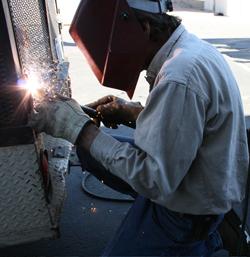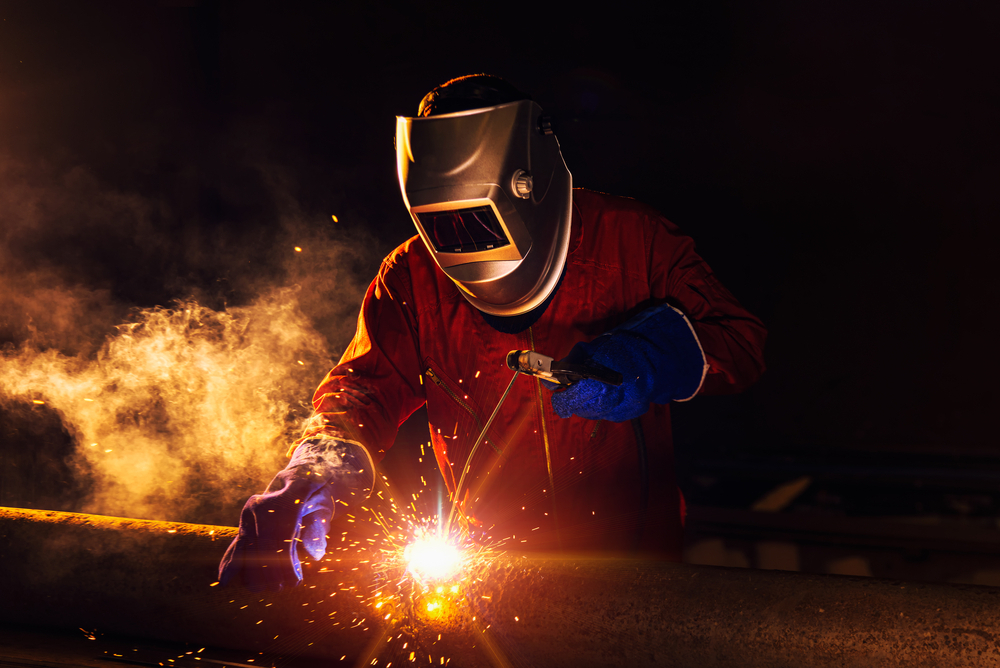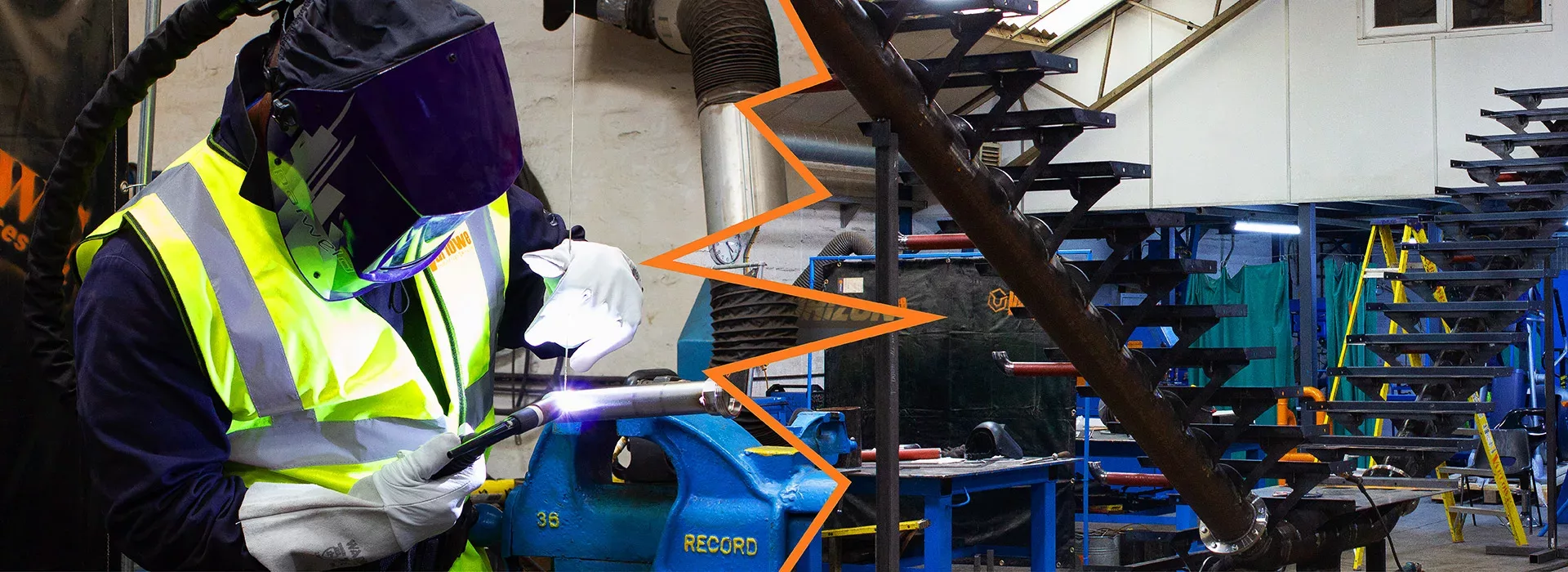Usual Welding Repair Issues and Exactly How to Address Them Effectively
Welding fixings frequently come across a range of issues that can endanger the honesty of the end product. Usual problems consist of inadequate penetration, porosity, and imbalance, to name a few. Each defect presents special difficulties that call for certain techniques for resolution. Understanding these issues is essential for welders intending to improve their outcomes and abilities. This discussion will explore these typical welding repair problems and reliable methods to resolve them.
Poor Penetration
Insufficient infiltration occurs when the weld steel fails to fully fuse with the base material, leading to weak joints and potential structural failings. This issue typically comes from insufficient warmth input, wrong electrode angle, or incorrect welding rate. Welders may experience inadequate penetration because of a miscalculation of the required parameters for a certain product density or kind. In addition, contamination on the base product's surface can prevent reliable bonding, intensifying the issue. To deal with poor penetration, welders must guarantee suitable settings on their devices and keep a tidy job surface. Routine inspection of welds is suggested to identify any kind of shortages early, enabling prompt corrections and the avoidance of jeopardized architectural stability in welded settings up.
Porosity
Porosity is a common flaw in welded joints that materializes as small gas bubbles entraped within the weld steel. This problem can compromise the stability of the weld, bring about reduced strength and prospective failure under anxiety. Belgrade Fabrication. Porosity commonly occurs from contamination, moisture, or improper welding methods, which allow gases to leave into the liquified weld pool. To resolve porosity, welders need to ensure appropriate surface area prep work, maintain a tidy functioning atmosphere, and make use of ideal welding parameters. Furthermore, picking the right filler product and securing gas can minimize gas entrapment. Normal evaluation and testing of welds can help recognize porosity early, ensuring prompt corrective activities are taken, consequently protecting the high quality and reliability of the bonded framework
Misalignment
Imbalance in welding can develop from various aspects, consisting of improper setup and thermal expansion. Recognizing the origin is essential for efficient resolution. Numerous correction strategies are readily available to straighten parts and ensure structural stability.
Root causes of Misalignment
Welding imbalance typically comes from a variety of underlying problems that can endanger structural honesty. One key reason is improper fit-up of components prior to welding, which can bring about gaps and unequal surface areas. Variations in thermal growth throughout the welding procedure can also cause distortion, specifically if the materials being joined have various coefficients of expansion. In addition, inadequate securing and fixturing might stop working to hold components safely in position, resulting in motion during welding. Improperly kept equipment, including welding equipments and devices, may present disparities in the weld grain, further adding to misalignment. Driver error, stemming from inadequate training or experience, can also play a substantial role in creating misaligned welds.

Adjustment Strategies Available
Addressing imbalance properly calls for a mix of rehabilitative methods tailored to the details concerns available. One usual approach is using components or jigs to hold components in the appropriate position throughout welding, guaranteeing constant positioning. Additionally, pre-heating the materials can assist lower distortion and enhance fit-up. For substantial imbalance, mechanical adjustment techniques, such as using hydraulic jacks or clamps, can be used to fix the placement before welding. Post-weld warm treatment might likewise be required to soothe anxieties triggered by imbalance. Finally, careful examination and modification throughout the arrangement phase can prevent imbalance problems from becoming significant troubles, advertising a smoother welding process and enhancing total architectural stability.
Distortion
Distortion is an usual obstacle in welding that can occur from various factors, consisting of irregular heating and air conditioning. Comprehending the causes of distortion is vital for implementing reliable prevention methods. Resolving this problem not just improves structural honesty yet also improves the general quality of the weld.
Root causes of Distortion
When based on the extreme warm of welding, materials commonly undergo adjustments that can cause distortion. This sensation primarily develops from thermal expansion and contraction throughout the welding procedure. As the weld location heats up, the material expands; upon air conditioning, it gets, which can produce interior anxieties. Additionally, irregular home heating across a workpiece can aggravate these stresses, leading to warping or flexing. The kind of material also plays a considerable role; metals with varying thermal conductivity and coefficients of development might respond in different ways, causing unpredictable distortions. Poor joint style and insufficient fixturing can add to imbalance during welding, increasing the possibility of distortion. Comprehending these reasons is essential for efficient welding repair work and avoidance methods.
Prevention Techniques
Reliable prevention techniques for distortion during welding concentrate on managing warmth input and ensuring correct joint design. Keeping a consistent heat input assists to reduce thermal growth and tightening, which can result in distortion. Using methods such as pre-heating the work surface can likewise decrease the temperature level gradient, advertising consistent home heating. In addition, picking proper joint layouts, such as T-joints or lap joints, can boost stability and decrease stress and anxiety focus. Applying correct fixturing to safeguard the work surfaces in location further help in preserving positioning throughout the welding process. Staggered welding sequences can distribute heat a lot more equally, protecting against local distortion. By applying these approaches, welders can greatly reduce the possibility of distortion and boost the overall quality of their welds.
Cracking
Breaking is a common issue experienced in welding fixings, often arising from various variables such as incorrect cooling rates, product selection, or poor joint preparation. The occurrence of cracks can significantly compromise the stability of the weld, causing prospective failures throughout procedure. To resolve this concern, welders should first analyze the origin, guaranteeing that products are suitable and appropriately selected for the specific application. Additionally, managing the air conditioning rate during the welding process is important; fast air conditioning can generate anxiety and bring about breaking. Proper joint design and preparation also add to decreasing the threat. Carrying out these methods can boost weld top quality and sturdiness, eventually lowering the probability of fracturing in finished weldments.

Insufficient Fusion
A substantial concern in welding repair services is incomplete fusion, which happens when the weld steel does not sufficiently bond with the base product or previous weld passes - Montana Mobile Welding and Repair Belgrade. This defect can result in weak points in the joint, potentially compromising the integrity of the bonded framework. Variables adding to incomplete blend consist of not enough warmth input, incorrect welding method, and contamination of the surface areas being signed up with. To resolve this problem properly, welders should assure correct pre-weld cleansing and surface prep work, along with adjust their welding specifications to attain sufficient penetration and combination. Normal assessment during the welding process can also help determine incomplete combination early, enabling for prompt restorative actions to enhance the overall top quality of the weld
Overheating
While welding repairs can boost architectural stability, overheating offers a significant difficulty that can bring about product deterioration. Too much heat during welding can alter the mechanical buildings of steels, leading to minimized toughness, raised brittleness, and warping. This sensation is specifically critical in high-stress applications where architectural integrity is critical. Identifying getting too hot can include visual assessments see here for staining or distortion, along with keeping track of temperature throughout the welding process. To reduce the threats related to click reference getting too hot, welders need to use appropriate methods, such as controlling warmth input, readjusting travel rate, and making use of suitable filler products. In addition, applying pre- and post-weld warm treatments can help bring back product homes and enhance the general quality of the repair, guaranteeing lasting performance and safety and security.
Regularly Asked Concerns
What Are the Usual Indicators of a Welding Flaw?

Just How Can I Examine My Welds for Quality?
To check welds for high quality, one can make use of aesthetic assessments, ultrasonic screening, and radiographic techniques. Each strategy ensures structural stability, identifies defects, and verifies adherence to defined criteria, ultimately enhancing the reliability of the bonded joints.
What Security Safety Measures Should I Take While Welding?
When welding, one ought to prioritize security by wearing proper individual safety tools, ensuring correct air flow, securing combustible materials away, maintaining a tidy work area, and understanding environments to stop mishaps and injuries.
Can I Fix a Weld Without Redoing the Entire Joint?
Fixing a weld without redesigning the entire joint is possible, depending on the damages (Montana Mobile Welding and Repair Fabrication). Techniques such as grinding, including filler material, or making use of a welding procedure can properly attend to certain imperfections while protecting the bordering structure
What Tools Are Vital for Effective Welding Services?
Crucial tools for effective welding repairs consist of a welding maker, wire brush, mill, safety equipment, clamps, and filler products. Each tool plays an essential function in making sure quality and safety and security throughout the repair work procedure. Porosity usually emerges from contamination, moisture, or incorrect welding strategies, which permit gases to leave right into the molten weld pool. Poorly kept devices, including welding equipments and tools, may useful content introduce incongruities in the weld grain, additional contributing to imbalance. When subjected to the extreme warmth of welding, products typically undertake adjustments that can lead to distortion. Fracturing is a typical concern experienced in welding repairs, commonly resulting from numerous factors such as improper air conditioning prices, product choice, or poor joint preparation. A considerable problem in welding fixings is insufficient blend, which happens when the weld steel does not properly bond with the base material or previous weld passes.